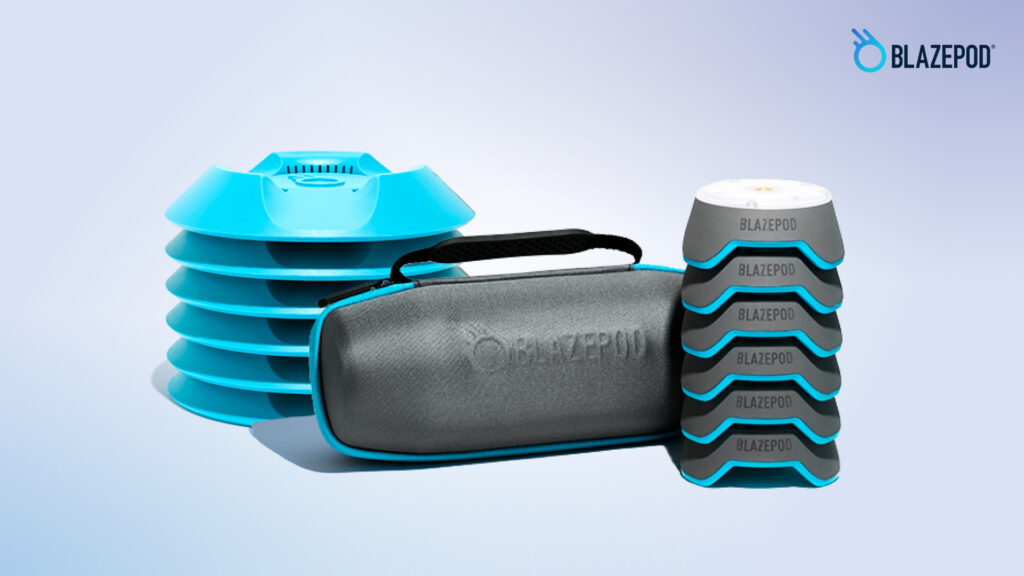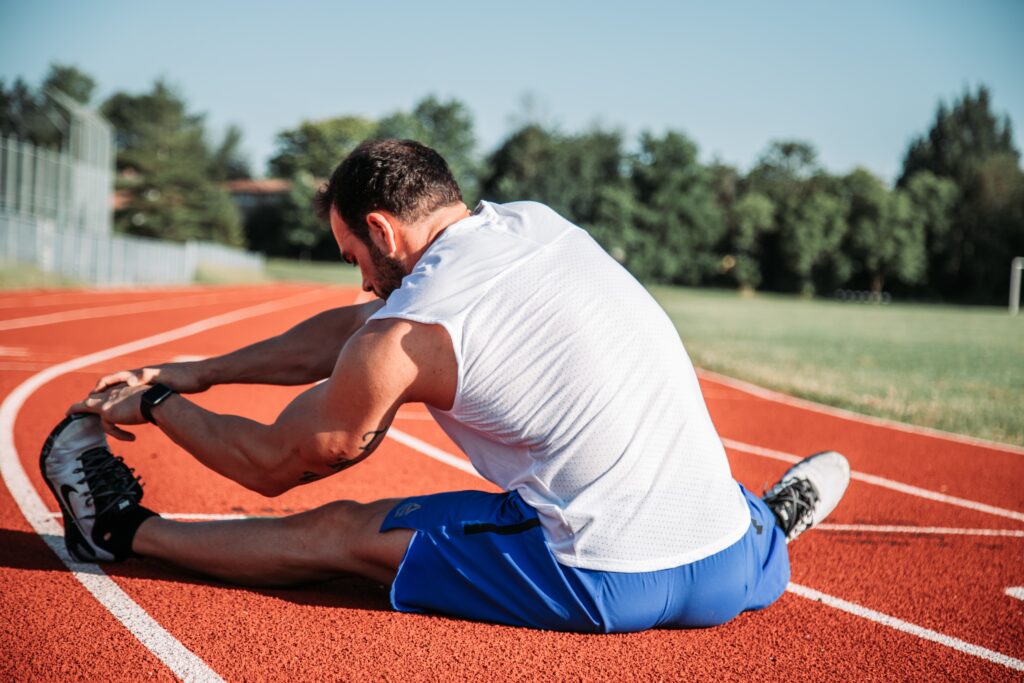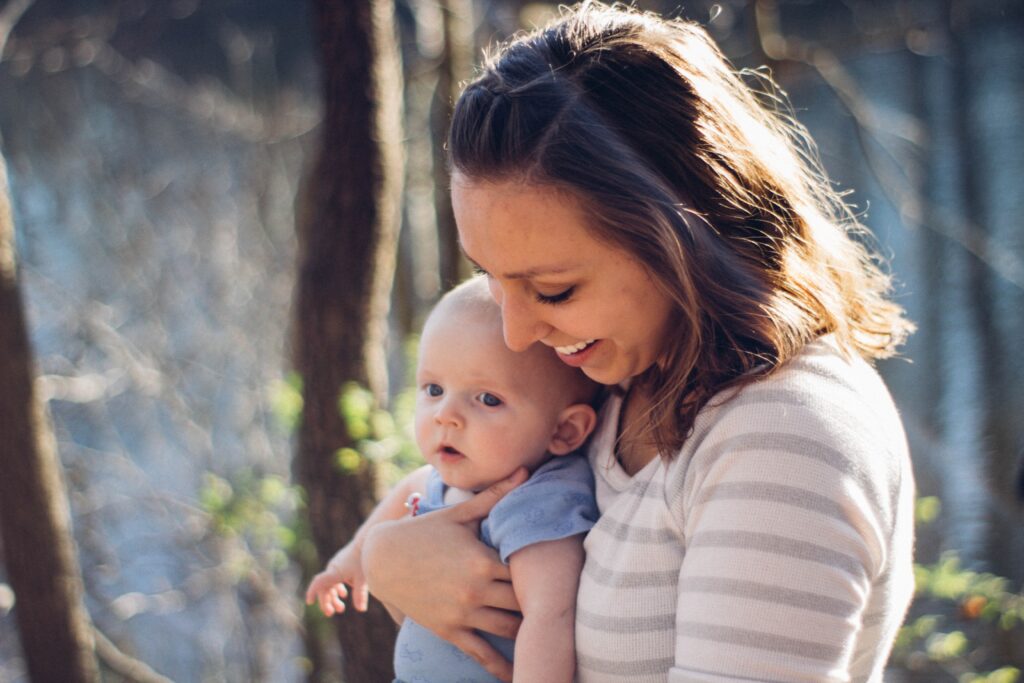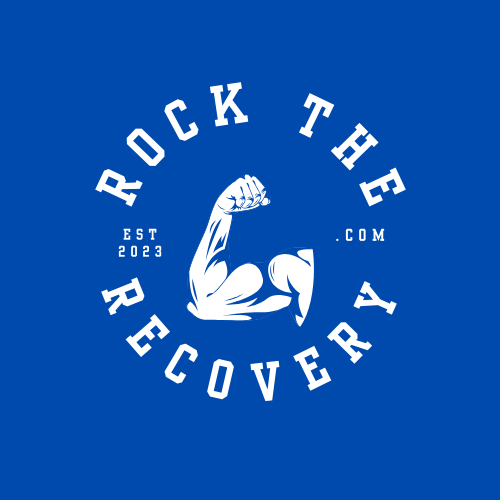Effects on posture – like many things in life – are going to evolve and change throughout your life. Building the foundation at an early age is crucial, and your posture is almost always able to be improved upon. In this article we speak about what factors are affecting your posture at different phases of life, and then how to improve upon these issues.
Teens/Twenties:
The first stage in our life that needs some significant discussion is puberty. Let’s not relive those awkward years, but they are awkward for a reason. Your body goes through immense growth during this time, and it can be a crucial time for yours/your kids posture development. Up until now your children likely have been already starting to build postural foundations the same way they learned everything. By watching their parents or peers, of course. This is why it is important to be a good role model when it comes to your sitting posture for your kids.

Now, they are off hanging out with their friends, and you are less than a priority when it comes to influencing their beliefs, as well as their physical posture. As discussed, puberty comes with significant growth, with boys potentially growing at a rate of 3-4 inches in one year! With intense growth can come chaos. As we start stretching toward the sky issues can arise, for instance scoliosis. Scoliosis is a diagnosis provided when your spine has an atypical lateral (right to left) curvature. Typically, the spine should be nicely stacked in a straight line from this angle. Your spine does however have very natural curves front to back. We will discuss these more at length later on. We are only just beginning of our puberty problems right now.
Flexibility:
Bones are growing at rapid rates and initially soft tissue like muscle may struggle to keep up, and this often becomes a time of changes in your flexibility. This can affect your posture in many ways as well as increase your risk for injury. Places like your hamstrings and groin (adductors) are key places where this might occur. Tight hamstrings can also affect your pelvis, by pulling it back which gives you a rounded lower back.
Puberty also comes with a myriad of new emotions and a lot of people carry those emotions in their posture. Let’s be honest, it’s a tough couple of years. A lack of confidence can lead to rounded back and shoulders. Often, you’ll see the one child who is a foot taller than everyone else in your class slouching to be “normal.” The other child slouches in his seat because he forgot to read the chapter for homework and is avoiding being called on. And let’s be honest, those hard metal/wood chairs are not the best to sit in for 45 minutes. Nor are they ergonomic.
Muscle Growth:
As we go through puberty, we begin to notice the development of (or at least the potential for) increased muscle mass. Many teenage boys start hitting the gym hard with focus on what we call the “show muscles”. Pecs, biceps, abs, and delts to name a few, and unfortunately a great way to get off on the wrong path is with muscle imbalances. Each muscle has what we call an agonist and antagonist to go along with it. An easy example are the biceps and the triceps. One flexes the elbow and the other extends (opposite directions). As these teenagers and 20-somethings start over focusing on just the agonist, they are leaving themselves open for imbalances, which of course can cause injury and also postural changes.

The issue that comes with all the above is that as this is the time in your life that you are growing into your body, you are also building the foundation for that growth and stability. Your posture is like a construction site at this phase of your life, and it is easy to end up like the leaning tower of Pisa. Best of luck with your kids! Maybe have them read this article!
Fixes:
Scoliosis: Screens are performed for this by your doctor. This is assessed easily by checking your spine in standing and then in bending over. The physician will use their finger to draw a line up the back to check that the spine draws a straight line down your back. If it is significantly off this line, they may ask for x-rays. More serious cases can require bracing or surgery, but Physical Therapy can often handle mild to moderate cases.
Flexibility/muscle growth: Education on the importance of regular stretching and proper balance in the gym is crucial. Teens are new to exercise and should be provided some training. This should include understanding the importance of a full body routine and other general tips.

Slouching: This is of course not the type of article this is, and I am not that type of Therapist; but promoting confidence in your teen and making them feel comfortable in their new bodies (no matter how tall) can help promote improved posture. Educating them on how their posture exudes confidence or possibly help them understand how their body language is being portrayed.
Thirties/Forties
Alright parties over people. Puberty and your twenties were fun, but life has changed! New decades brought possibly careers, marriage, kids? Guess what, all great for your posture. Let’s start at work. Be it a desk job or a physical one, most jobs are not good on the ol’ spine.
Work:
Manual labor jobs require constant bending, heavy lifting, standing for prolonged periods looking down at a factory line. Repetitive movement often fatigue muscles/irritate soft tissue and can leave you at a significant risk for an acute injury. Additionally prolonged wear and tear also places you at risk for degenerative diseases like arthritis later in life.
Desk and computer jobs are not a heck of a lot better. Especially when it comes to your posture. Sitting for prolonged periods of time staring at a computer which is too low for your head. Craning your neck to hold your phone against your shoulder while you type. Sitting in a poorly supportive desk chair. Then you get home.
Baby on Board:
I can’t think of a single act in your life that is going to be harder on your body than having a baby. Mommies, your spine and pelvic ligamentous support as well as your abdominal musculature are loose and stretched from childbirth. No matter how many adaptive pillows you buy you are still carrying that little bundle of joy everywhere. Nursing in awkward positions, sleeping in awkward positions. Let’s just say you would do anything for your baby, and that often gets tough.

Needless to say for mom and dad alike, you are tired from a lack of sleep. Exhaustion leads to slouched posture. Your life is often not your own anymore. This can hamper your time to get to the gym. Instead, your “off time” if you have any, is spent napping, recovering or seeing other adults.
As We Dance Around Middle Age:
Now into your 30s going on 40s your spine starts to go through changes. Your discs are starting to desiccate (or lose hydration) and will start to see the effects of this in coming decades. You are also at the highest risk for disc herniation at this time in your life. You’ve seen your healthiest days in your spine, your strongest years, your tallest years.
Fix:
Manual Labor Jobs: Most of the time these types of jobs provide appropriate education and opportunities for say stretch breaks; changes in responsibilities to mix up the task you’re performing. With this being said, always focus on posture, and stretch as needed. You are tired by the end of the day, but you more than ever need to exercise to perform strengthening to prevent injury.
Desk Jobs: Make sure your desk is ergonomically correct, your chair is appropriate. Get up regularly, or, if you have the means, consider a standing adjustable desk.
Childcare: Make sure you have the appropriate support when nursing and invest in a good carrier. Get sleep and focus a minute here or there on a yoga routine to maintain your posture. When carrying your child make sure to change positions regularly and avoid carrying on one side only. Divide and conquer and rely on your support systems to get regular exercise, and a break.
Wrap Up:
The early years of your life set the pace for your postural success later on. It’s a fight against gravity, and all the above circumstances that affect your life day in and out. Your first four decades provide you your best years in mobility, strength and disc height, so setting up good postural awareness is key. Life as a posture expert is going to get harder in the later part of your life. Learn more in our part II of:
Posture of the Decades, Part II – Your later years. Coming soon during Posture Week!

